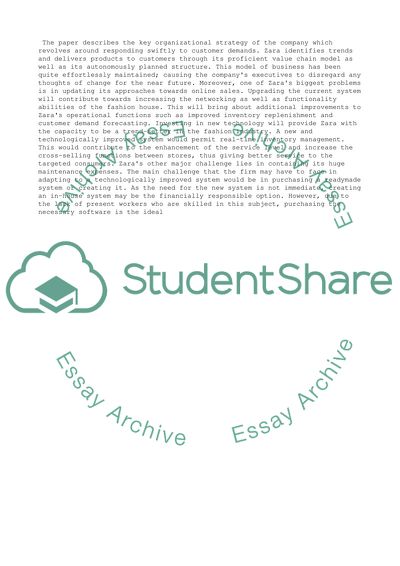Cite this document
(“Zara Clothing - Available Strategic Options and Methods of Essay”, n.d.)
Zara Clothing - Available Strategic Options and Methods of Essay. Retrieved from https://studentshare.org/business/1475755-zara-clothing-available-strategic-options-and-methods-of-implementation
Zara Clothing - Available Strategic Options and Methods of Essay. Retrieved from https://studentshare.org/business/1475755-zara-clothing-available-strategic-options-and-methods-of-implementation
(Zara Clothing - Available Strategic Options and Methods of Essay)
Zara Clothing - Available Strategic Options and Methods of Essay. https://studentshare.org/business/1475755-zara-clothing-available-strategic-options-and-methods-of-implementation.
Zara Clothing - Available Strategic Options and Methods of Essay. https://studentshare.org/business/1475755-zara-clothing-available-strategic-options-and-methods-of-implementation.
“Zara Clothing - Available Strategic Options and Methods of Essay”, n.d. https://studentshare.org/business/1475755-zara-clothing-available-strategic-options-and-methods-of-implementation.


